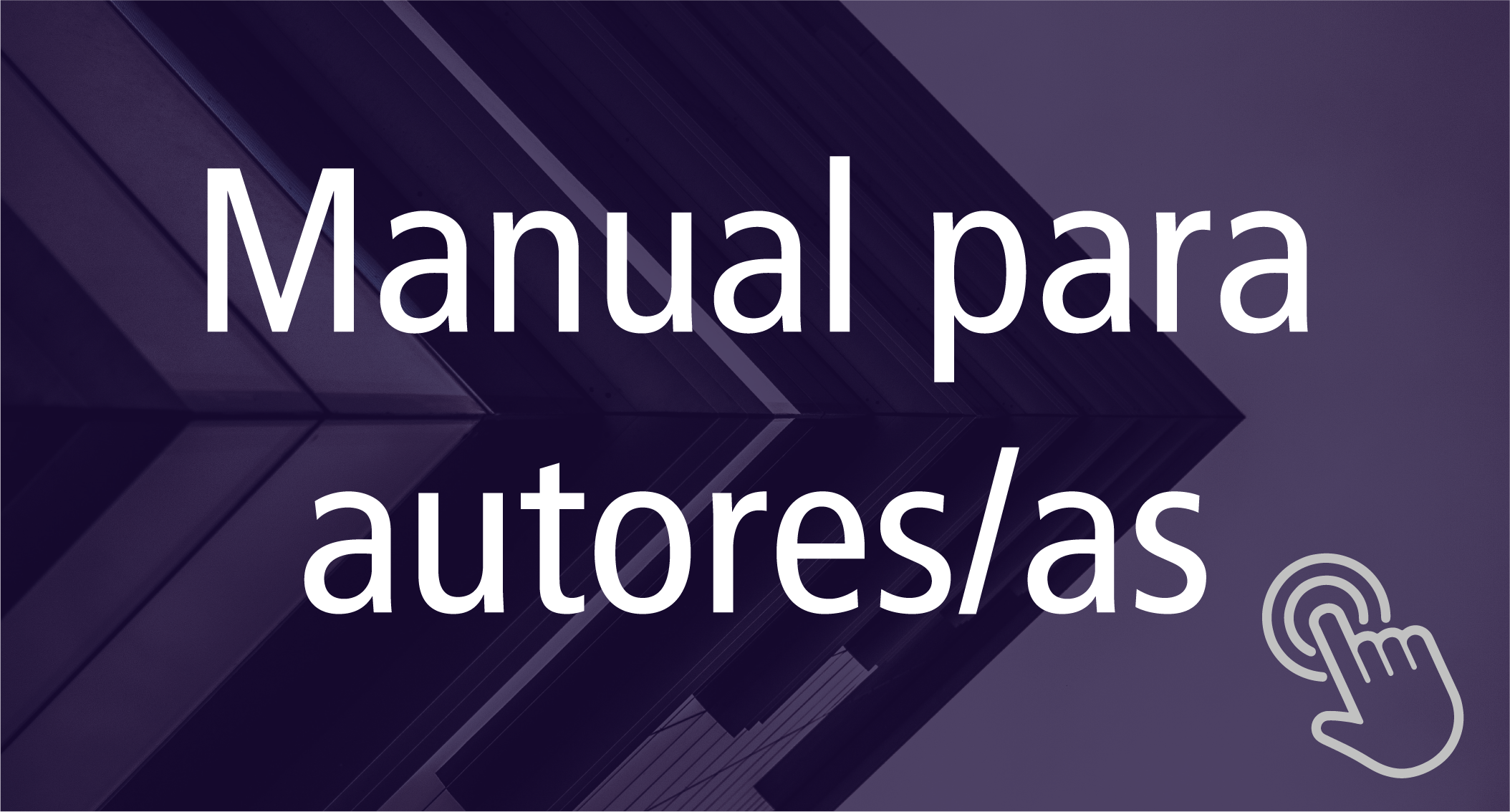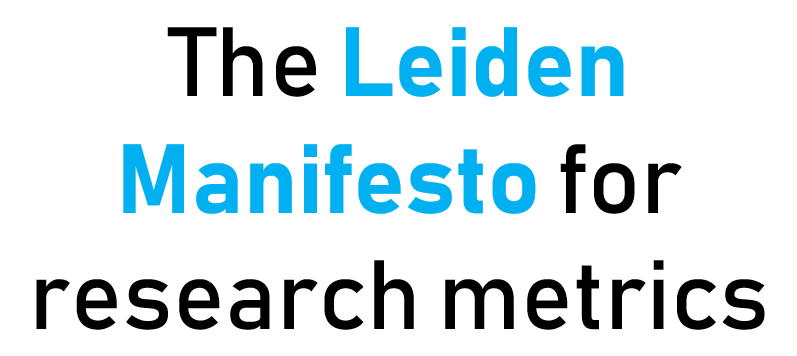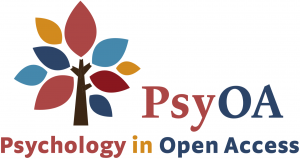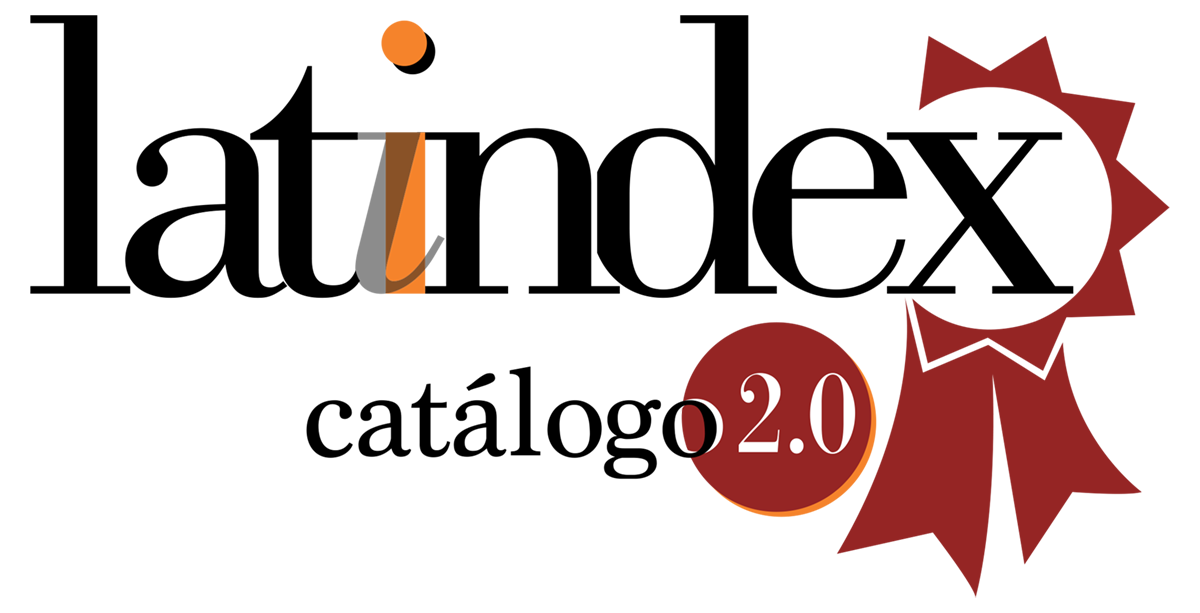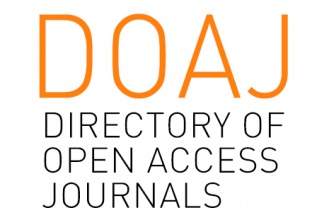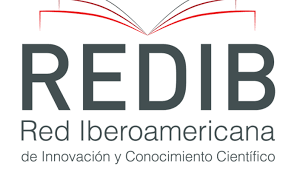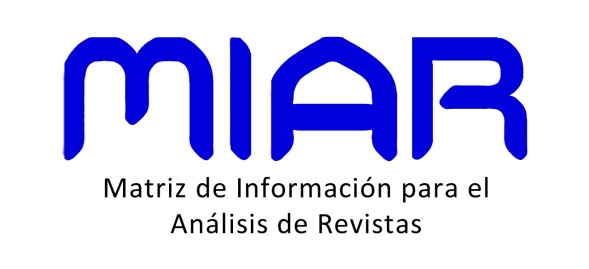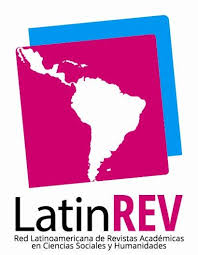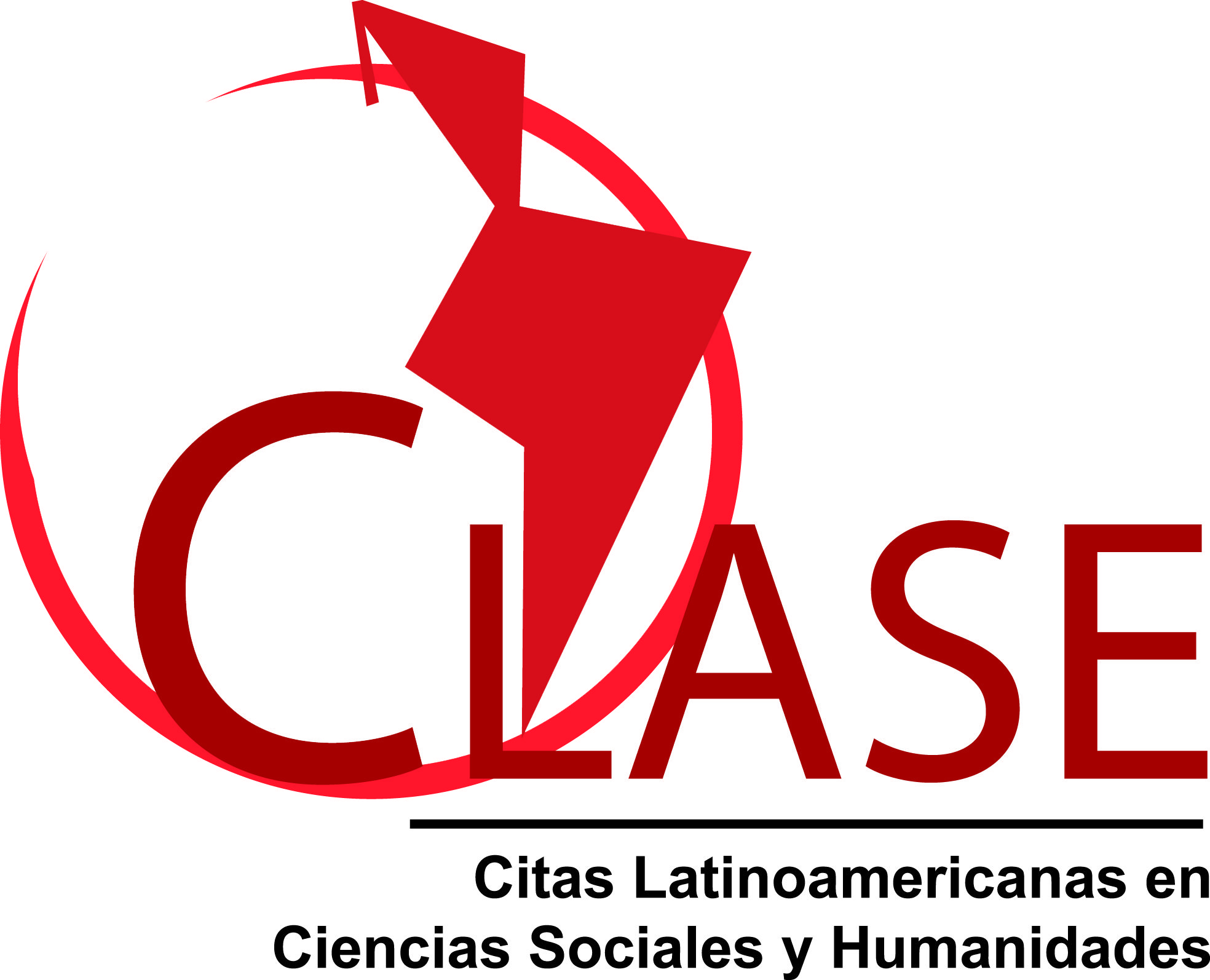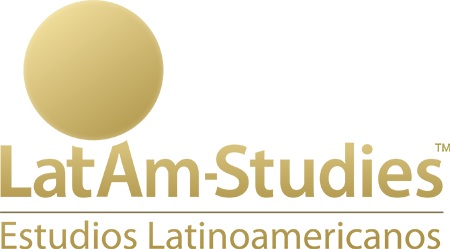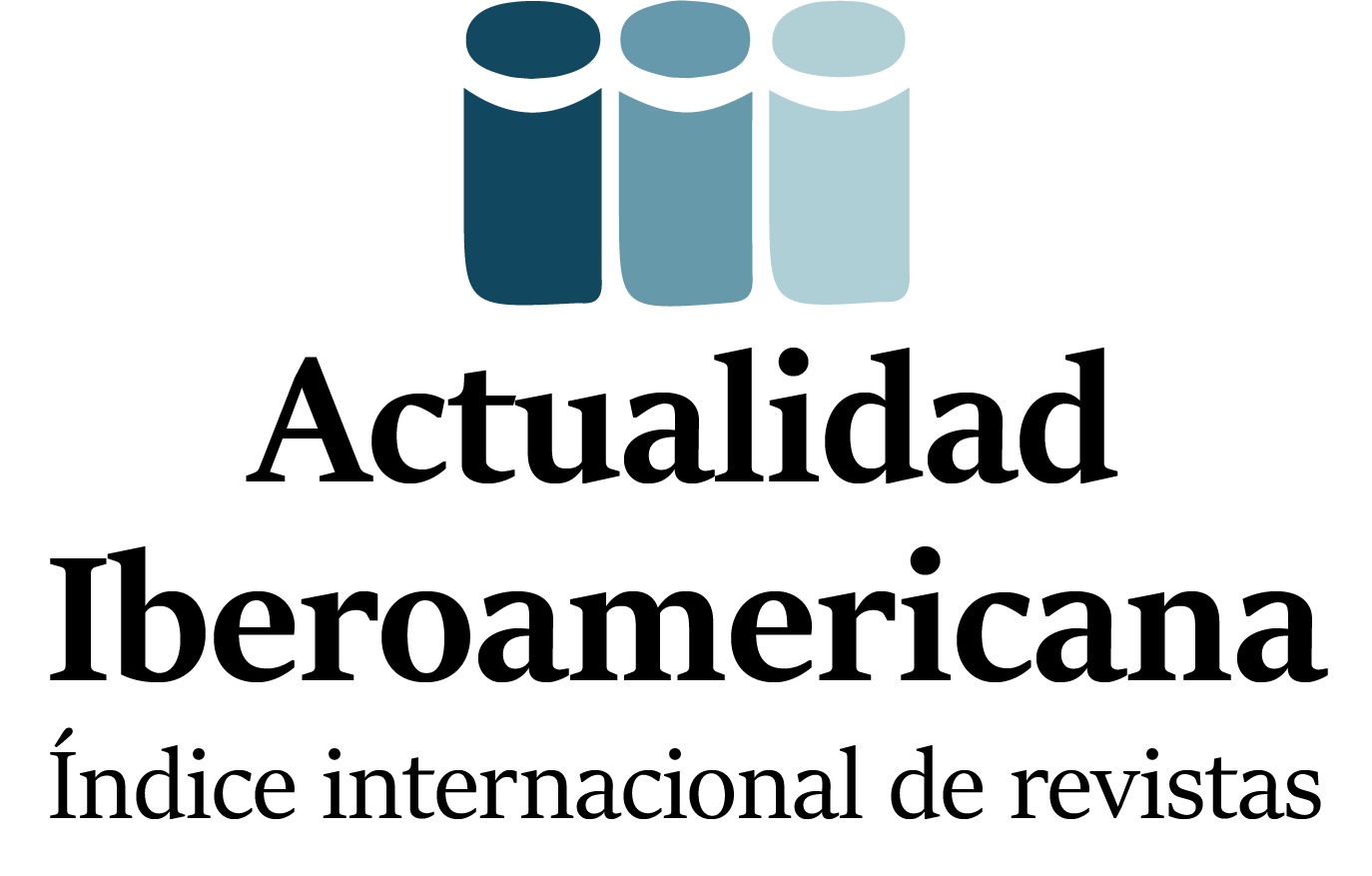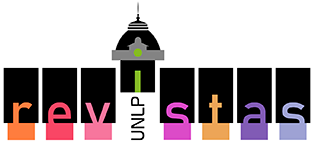Comparing difficulty between a problem of estimation and one of conditional probability
DOI:
https://doi.org/10.24215/2422572Xe167Keywords:
probability, estimation, intuition, conditionalAbstract
This work evaluated the difficulty posed by probability problems in two randomness scenarios with different characteristics. In the first one, proportions were compared and probability was estimated in two samples of different sizes, while the second one presented a conditional probability problem. The responses were categorized on the basis of cognitive understanding and potential bias, such as the representativeness heuristic. Results showed 28% of successful responses and 42% of responses involving the heuristic in the first problem, and no correct responses to the conditional probability problem. The sample was selected on accessibility grounds, and the items were administered to two groups of students recently admitted to university with no previous knowledge of probability theories in order to analyze their intuitive ability to tackle probability problems.
Downloads
Metrics
References
Alvarado H., Estrella, S., Retamal, L. y Galindo, M. (2018). Intuiciones probabilísticas en estudiantes de ingeniería: Implicaciones para la enseñanza de la probabilidad. Revista Latinoamericana de Investigación en Matemática Educativa, 21(2), 131–156. https://doi.org/10.12802/relime.18.2121
Attorresi, H., García-Díaz, A. M. y Pralong, H. O. (2005). Identificación de situaciones aleatorias en estudiantes universitarios. Anuario de Investigaciones, 13(2), 31–41.
Attorresi, H., García-Díaz, A. M. y Pralong, H. O. (2007) Sesgos en la comprensión de dos situaciones típicas de incertidumbre y de azar. Perspectivas en Psicología, 4(1), 28–37.
Attorresi, H., García-Díaz, A. M. y Pralong, H. O. (2008). Sesgos en la estimación de probabilidades para dos situaciones secuenciales aleatorias. Summa Psicológica, 5(1), 3–12.
Attorresi, H., García-Díaz, A. M. y Pralong, H. O. (2009). Identificación de variables ocultas y su vinculación con el reconocimiento de la aleatoriedad. Summa Psicológica, 6(2), 43–54. https://doi.org/10.18774/448x.2009.6.61
Attorresi, H., García-Díaz, A. M. y Pralong, H. O. (2015). La falacia de la conjunción: efectos de la variación de opciones e independencia. Cogency, 6(2), 9–27.
Attorresi, H., García-Díaz, A. M. y Pralong, H. O. (2016). The significance as an extention of representativeness heuristic. Two examples. Revista de Psicología, 18(1), 19–26.
Barragués, J., Guisasola, J. y Morais, A. (2005). Concepciones de los estudiantes de primer ciclo de universidad sobre estimación de la probabilidad. Educación Matemática, 17(1), 55–85.
Batanero, C. (2000). ¿Hacia dónde va la educación estadística? Blaix, 15, 2–13.
Batanero, C. y Gea, M. M. (2018). El riesgo como contexto en la enseñanza de la probabilidad condicional. En L. A., Serna, y D. Páges (Eds.), Acta latinoamericana de matemática educativa (pp. 125–132). Comité Latinoamericano de Matemática Educativa.
Batanero, C., Contreras M. y Díaz C. (2012). Sesgos en el razonamiento sobre probabilidad condicional e implicaciones para la enseñanza. Revista Digital Matemática, Educación e Internet, 12(2), 1–13. https://doi.org/10.18845/rdmei.v12i2.1673
Batanero, C., Gómez, E., Contreras J. y Díaz C. (2015). Conocimiento matemático de profesores de primaria en formación para la enseñanza de la probabilidad: un estudio exploratorio. Práxis Educativa, 10 (1), 11–34. https://doi.org/10.5212/PraxEduc.v.10i1.0001
Borovcnik, M. (2015). Risk and decision making: The "logic" of probability. The Mathematics Enthusiast, 12(1), 113–139. https://doi.org/10.54870/1551-3440.1339
Cardeñoso, J. (2001). Las creencias y conocimientos de los profesores de primaria andaluces sobre la matemática escolar. Modelización de concepciones sobre la aleatoriedad y probabilidad. Tesis Doctoral. Universidad de Cádiz.
Díaz, C. (2003). Heurísticas y sesgos en el razonamiento probabilístico. Implicaciones para la enseñanza de la estadística [presentación en congreso]. XXVII Congreso Nacional de Estadística e Investigación Operativa. Universidad de Lleida (España).
Díaz, C. y de la Fuente, I. (2007). Validación de un cuestionario de razonamiento probabilístico condicional, Revista Electrónica de Metodología Aplicada, 12(1), 1–15. https://doi.org/10.17811/rema.12.1.2007.1-15
Elbehary, S. (2020). Discussing the conditional probability from a cognitive psychological perspective. American Journal of Educational Research, 8(7), 491–501. https://doi.org/10.12691/education-8-7-7
Fischbein, E. y Schnarch, D. (1997). The evolution with age of probabilistic, intuitively based misconceptions. Journal for Research in Mathematics Education, 28(1), 96-105. https://doi.org/10.2307/749665
Guisasola, J. y Barragués, J. (2002). Heurísticas y sesgos de los estudiantes de primer ciclo de universidad en la resolución de problemas de probabilidad. Enseñanza de las Ciencias, 20(2), 285–302.
Hope, J. y Kelly, I. (1983). Common difficulties with probabilistic reasoning. Mathematics Teacher, 76(8), 565–570. https://doi.org/10.5951/MT.76.8.0565
Kahneman, D. (2012). Pensar rápido, pensar despacio. Debate.
Kahneman, D., Slovic, P. y Tversky, A. (1982). Judgment under uncertainty: Heuristics and biases. University Press.
Kahneman, D. y Tversky, A. (1972). Subjective probability: A judgment of representativeness. Cognitive Psychology, Elsevier.
Konold, C. (1989). Informal conceptions of probability. Cognition and Instruction, 6(1), 59-98. https://doi.org/10.1207/s1532690xci0601_3
Piaget, J. e Inhelder, B. (1974). La genèse de l’idèe de hasard chez l’enfant. Press Universitaires de France.
Pollatsek, A., Well, A., Konold C., Hardiman, P. y Cobb, G. (1987). Understanding conditional probability. Organitation,Behavior and Human Decision Processes, 40(2), 255–269. https://doi.org/10.1016/0749-5978(87)90015-X
Ríos, S. (1967). Métodos estadísticos. McGraw-Hill.
Santaló, L. (1970). Probabilidad e inferencia estadística. Organización de los Estados Americanos.
Serradó, A., Cardeñoso, J. y Azcárate, P. (2005). Los obstáculos en el aprendizaje del conocimiento probabilístico: Su incidencia desde los libros de texto. Statistics Education Research Journal, 4(2), 59–81.
Serrano, L., Batanero, C., Ortiz J. y Cañizares J. (1998). Heurísticos y sesgos en el razonamiento probabilística de los estudiantes de secundaria. Educación Matemática, 10(1), 7-25.
Tversky, A. y Kahneman, D. (1971). Belief in the law of small numbers. Psychological Bulletin, 76(2), 105–110. https://doi.org/10.1037/h0031322
Vergara, A., Estrella, S. y Vidal-Szabó, P. (2020). Relaciones entre pensamiento proporcional y pensamiento probabilístico en situaciones de toma de decisiones. Revista Latinoamericana de Investigación en Matemática Educativa, 23(1), 7-36. https://doi.org/10.12802/relime.20.2311
Downloads
Published
How to Cite
Issue
Section
License
Copyright (c) 2022 Horacio Félix Attorresi, Alcira Myriam García Díaz, Héctor Omar Pralong

This work is licensed under a Creative Commons Attribution 4.0 International License.
![]()
Authors who publish in this journal accept the following conditions:
- Authors retain the copyright and assign the right of first publication to the journal, with the work registered under a Creative Commons attribution license (CC-BY), which allows third parties to use what is published whenever they mention the authorship of the work and the first publication in this magazine.
- Authors can make other independent and additional contractual agreements for the non-exclusive distribution of the article published in this journal (e.g., include it in an institutional repository or publish it in a book) as long as they clearly indicate that the work was published for the first time in this magazine.
- Authors are allowed and encouraged to publish their work on the Internet (e.g., on institutional or personal webpages) before and during the review and publication process, as it can lead to productive exchanges and greater and faster dissemination of published work (see The Effect of Open Access ).


